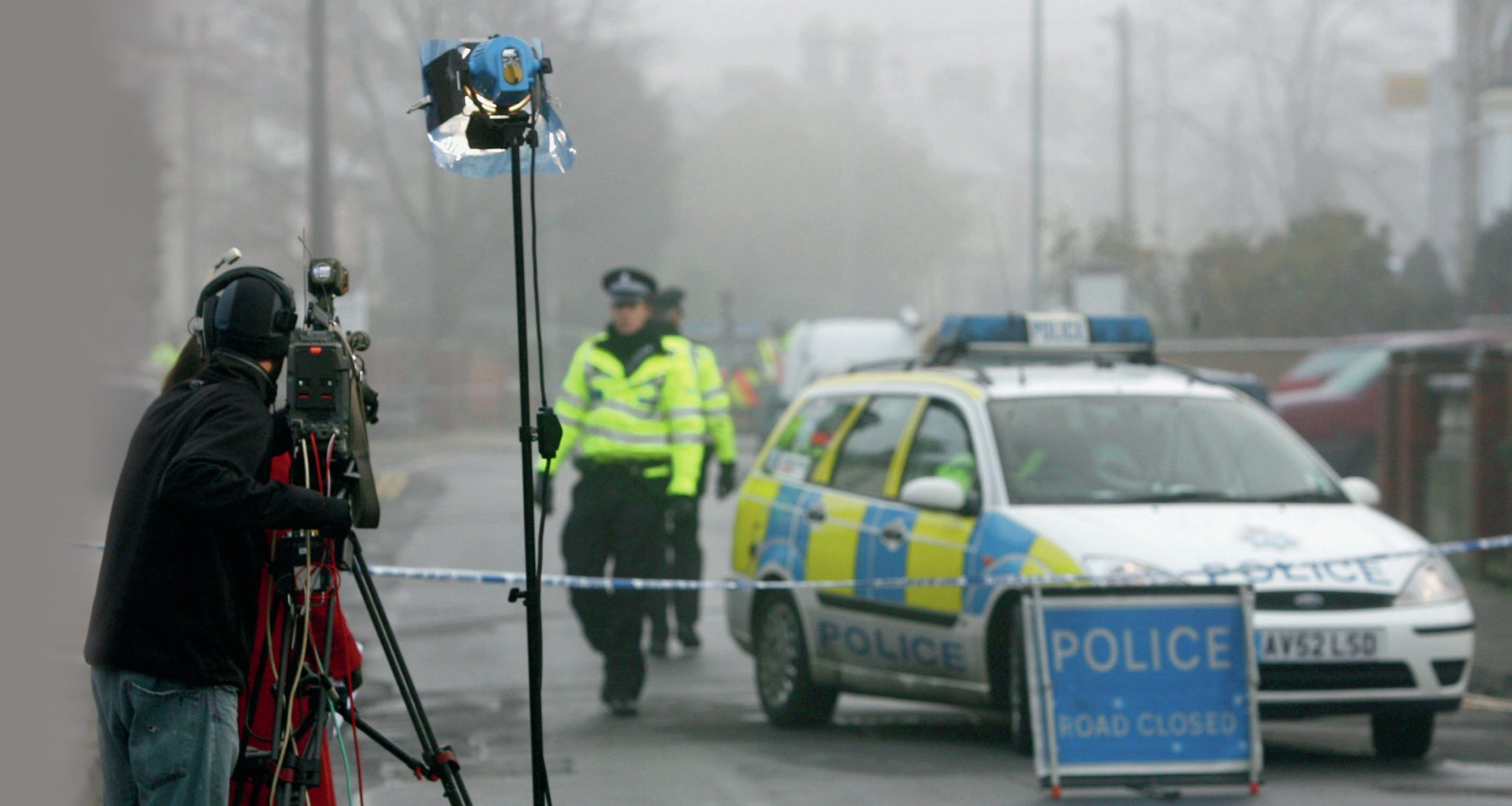
In this article, Ian Marsh revisits the sociology of the reporting of crime and deviance, with an emphasis on crime. Using the reporting of the nineteenth-century ‘Jack the Ripper’ crimes as an example, he shows that sensationalist reporting is nothing new. He also makes the important point that the media (and thus the public) often take a rosier view of the past than that supported by the evidence, with each generation believing that things have got far worse when it comes to crime. Using recent examples, Ian Marsh also introduces the concept of ‘signal crimes’ — those that capture public interest in a particular and significant way. This article provides useful revision material for students of both the ‘Mass media’ and ‘Crime and deviance’ topics.
The mass media play an important role in portraying criminal behaviour. Indeed the knowledge and understanding of the public about crime and criminals is largely based on what they have seen or heard through the various types of media.
Your organisation does not have access to this article.
Sign up today to give your students the edge they need to achieve their best grades with subject expertise
Subscribe




